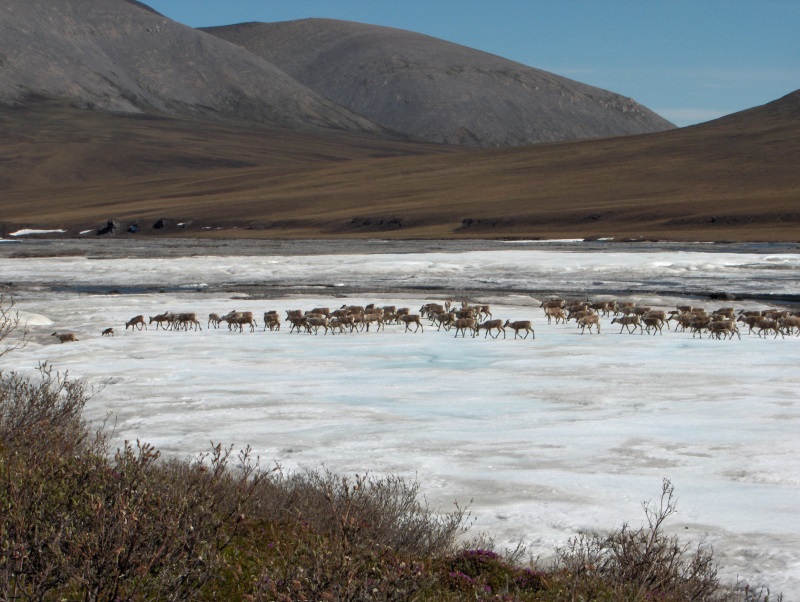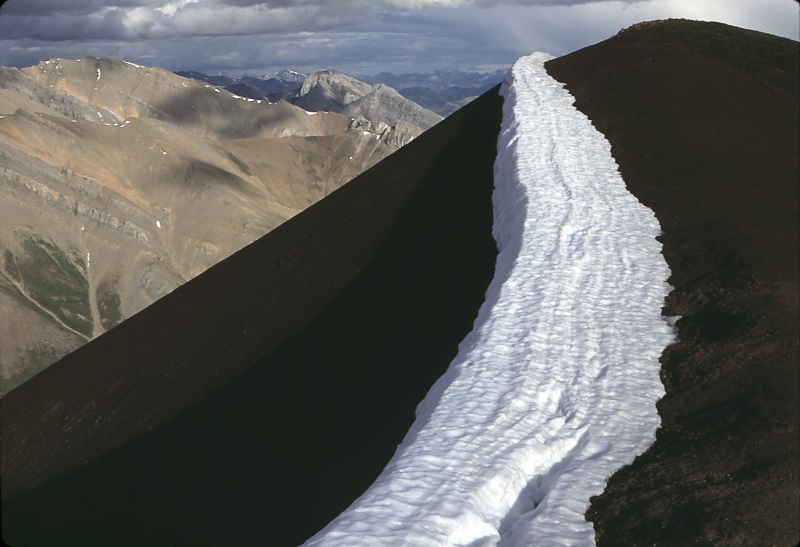Freshwater Health Assessment of the Peel – a Wilderness River Basin
Co-Written by Mathieu Lebel, Advisor Water Management and Dan Slavik, Senior Officer, Government and Community Relations, Canadian Arctic Program
Data deficiency was a common thread in WWF-Canada’s recent release of Freshwater Health Assessments. As described in previous posts, both the Liard and LaHave rivers received a score of ‘data deficient’ – this was also the case for the Peel River.
The Peel River originates in the Yukon and flows north to join the Mackenzie River near the community of Fort McPherson in the Northwest Territories. The river is formed by the confluence of the Ogilvie and Blackstone rivers, and its major tributaries include the Hart, Wind, Bonnet Plume, and Snake rivers. One of these tributaries, the Bonnet Plume River, was designated in 1998 to the Canadian Heritage Rivers System in recognition of its rich natural and human history, and superb recreation opportunities.
Just as some watersheds can be described as urban, the Peel River Basin has a wilderness character. It encompasses diverse landscapes including rugged mountains and forests, has few roads and currently has limited development. Fish species that are present include broad whitefish (Coregonus nasus) and Dolly Varden (Salvelinus malma), and part of the porcupine caribou (Rangifer tarandus) herd’s winter range is located in the Peel River watershed. Four First Nations (the Tetłit Gwich’in, Na-Cho Nyak Dun, Tr’ondëk Hwëch’in, and Vuntut Gwitchin) have traditional territories in the Peel, and the area also supports mineral and oil and gas exploration, tourism, recreation, and more.
The future of much of the Peel River watershed is contentious and will soon be before the Supreme Court of Yukon. At issue is the Peel Watershed Regional Land Use Plan which is opposed by a coalition of local groups.
The waters of the Peel River are also at the heart of the first Bilateral Agreement completed under the Mackenzie River Basin Transboundary Waters Master Agreement. Completed in 2002, the purpose of the Bilateral Agreement is to cooperatively manage, protect, and conserve the ecological integrity of aquatic ecosystems of the Mackenzie River Basin common to the Yukon and the Northwest Territories while facilitating the sustainable use of transboundary waters.
We hope that the Freshwater Health Assessments will support sustainable water management in the Peel River Basin, working together with other assessments and ongoing research initiatives.
WWF-Canada would like to thank The Walter and Duncan Gordon Foundation for their support of this important work.



